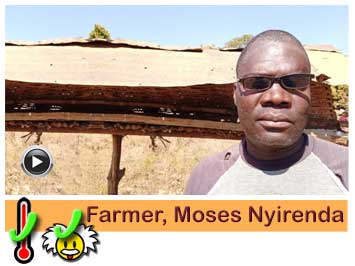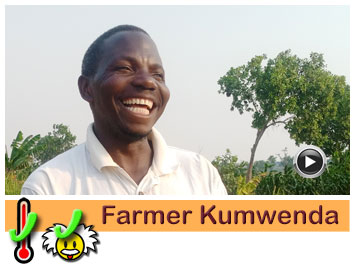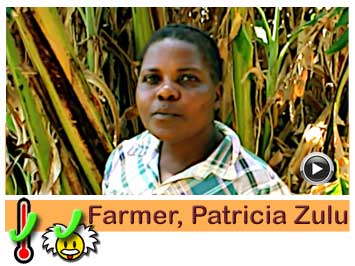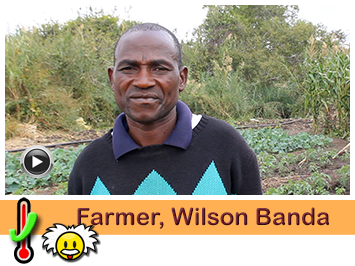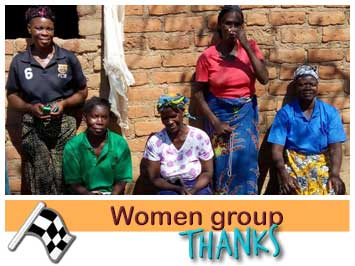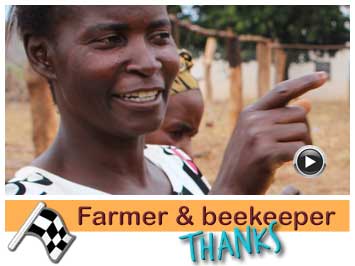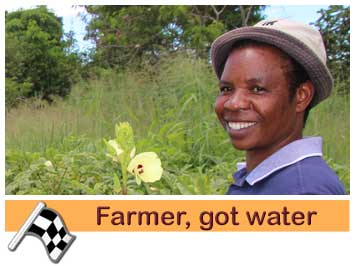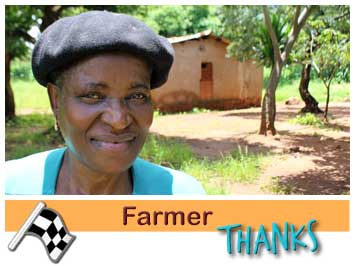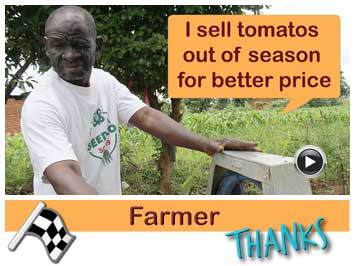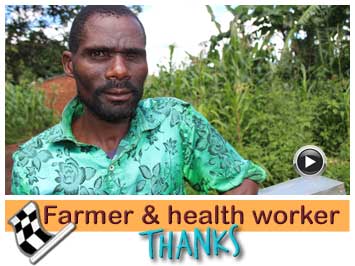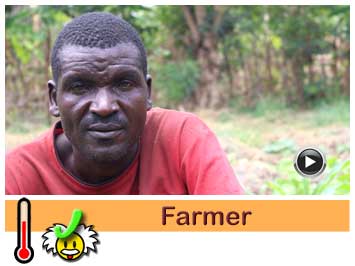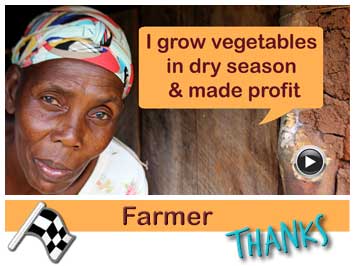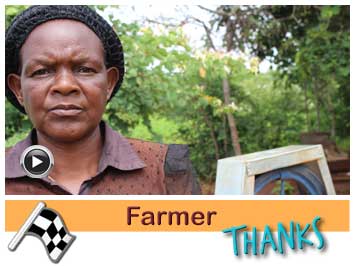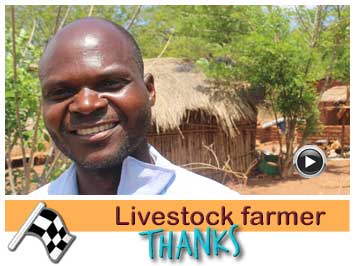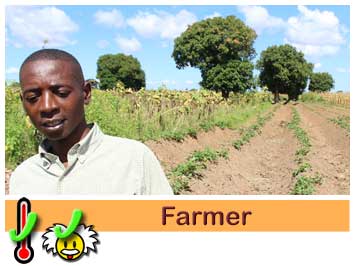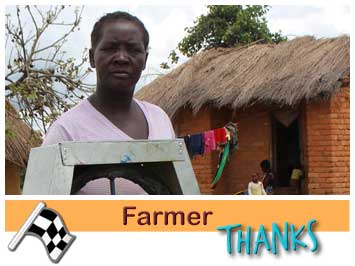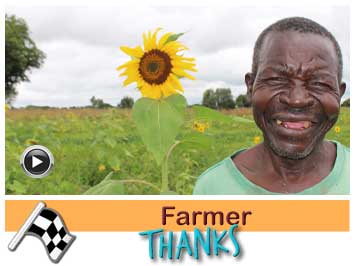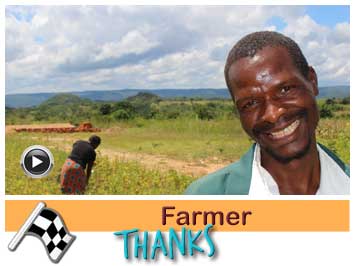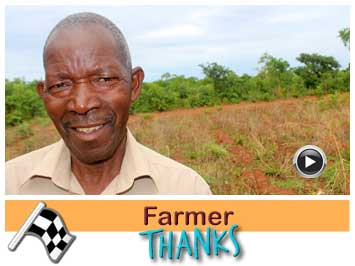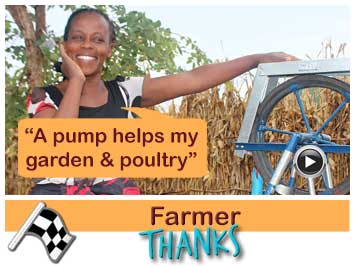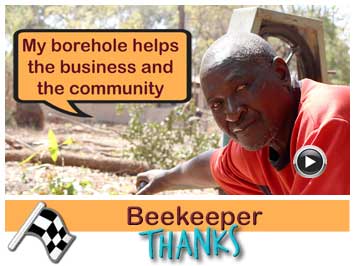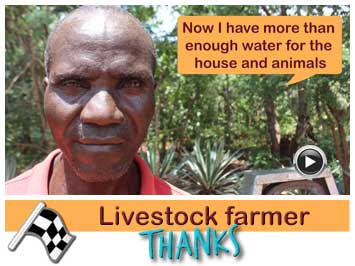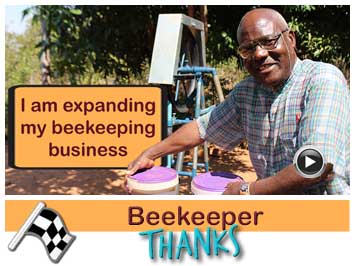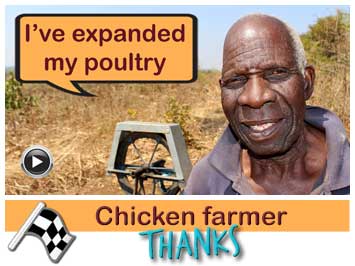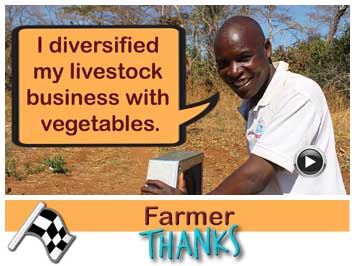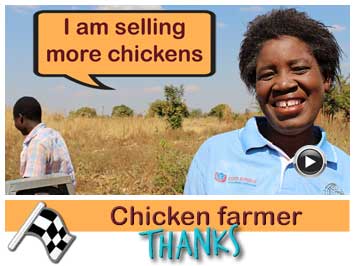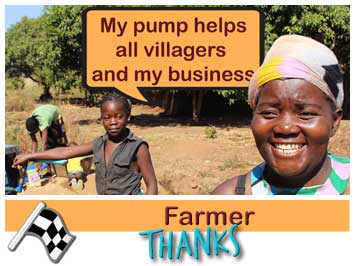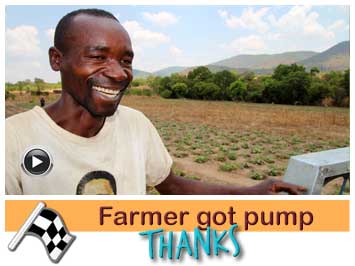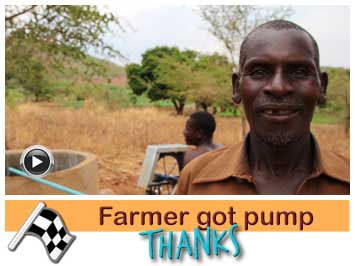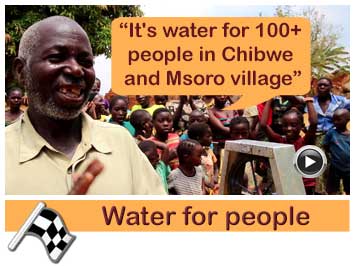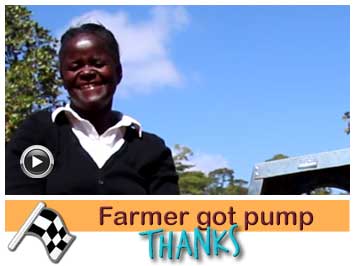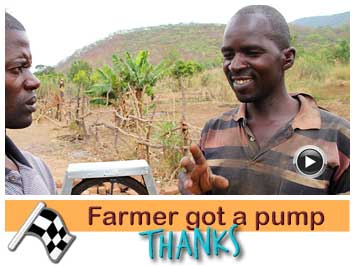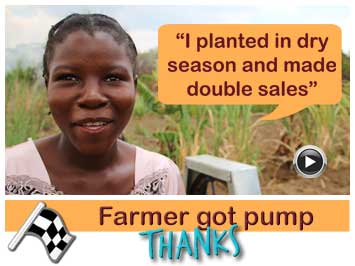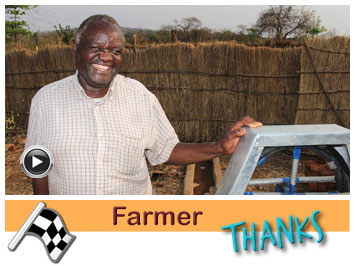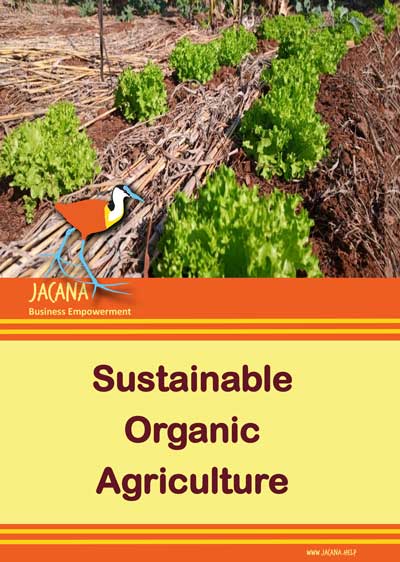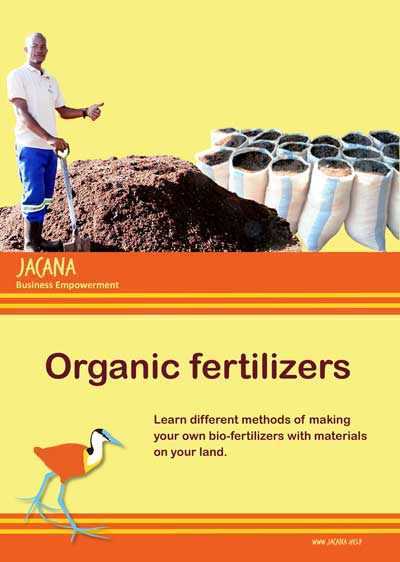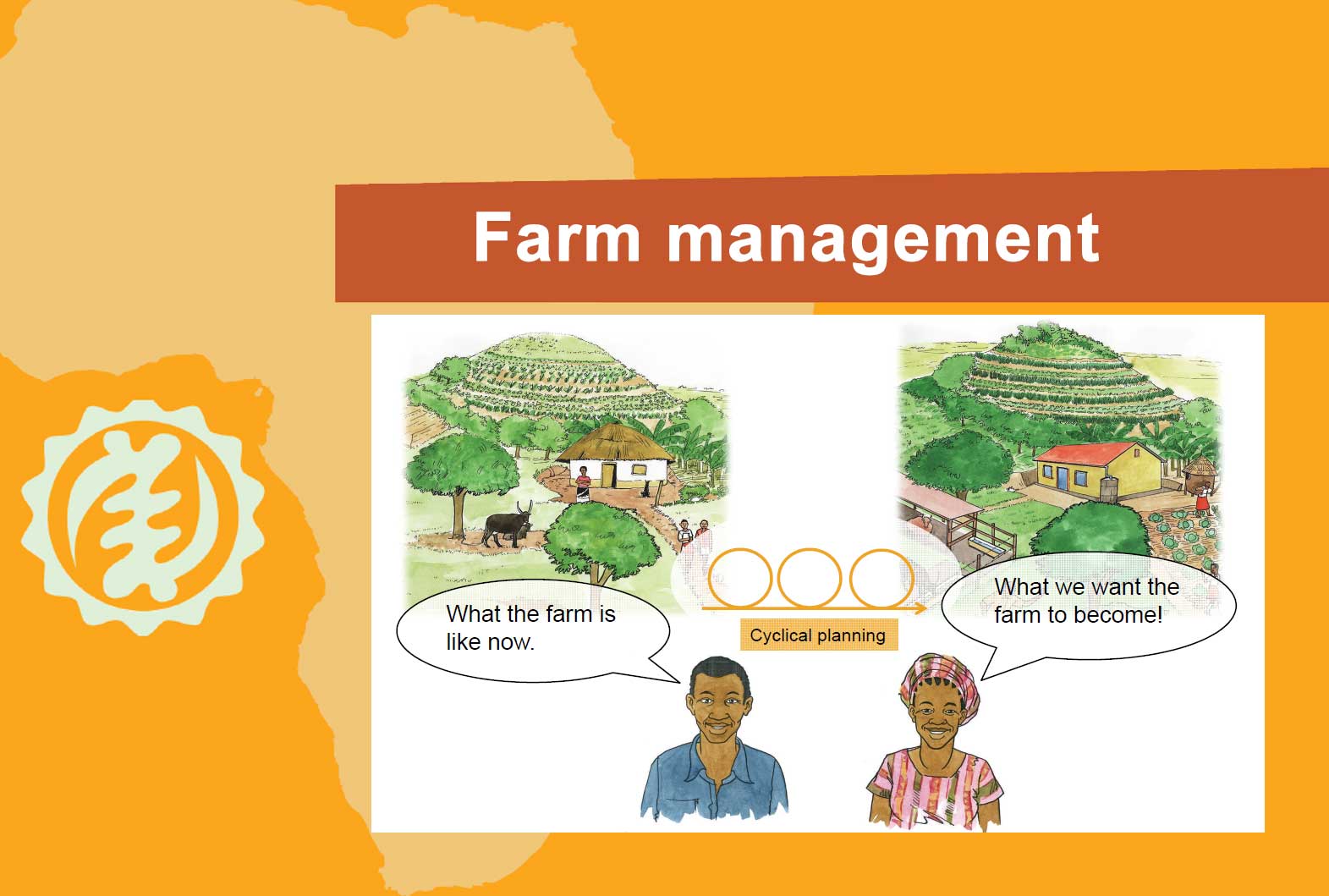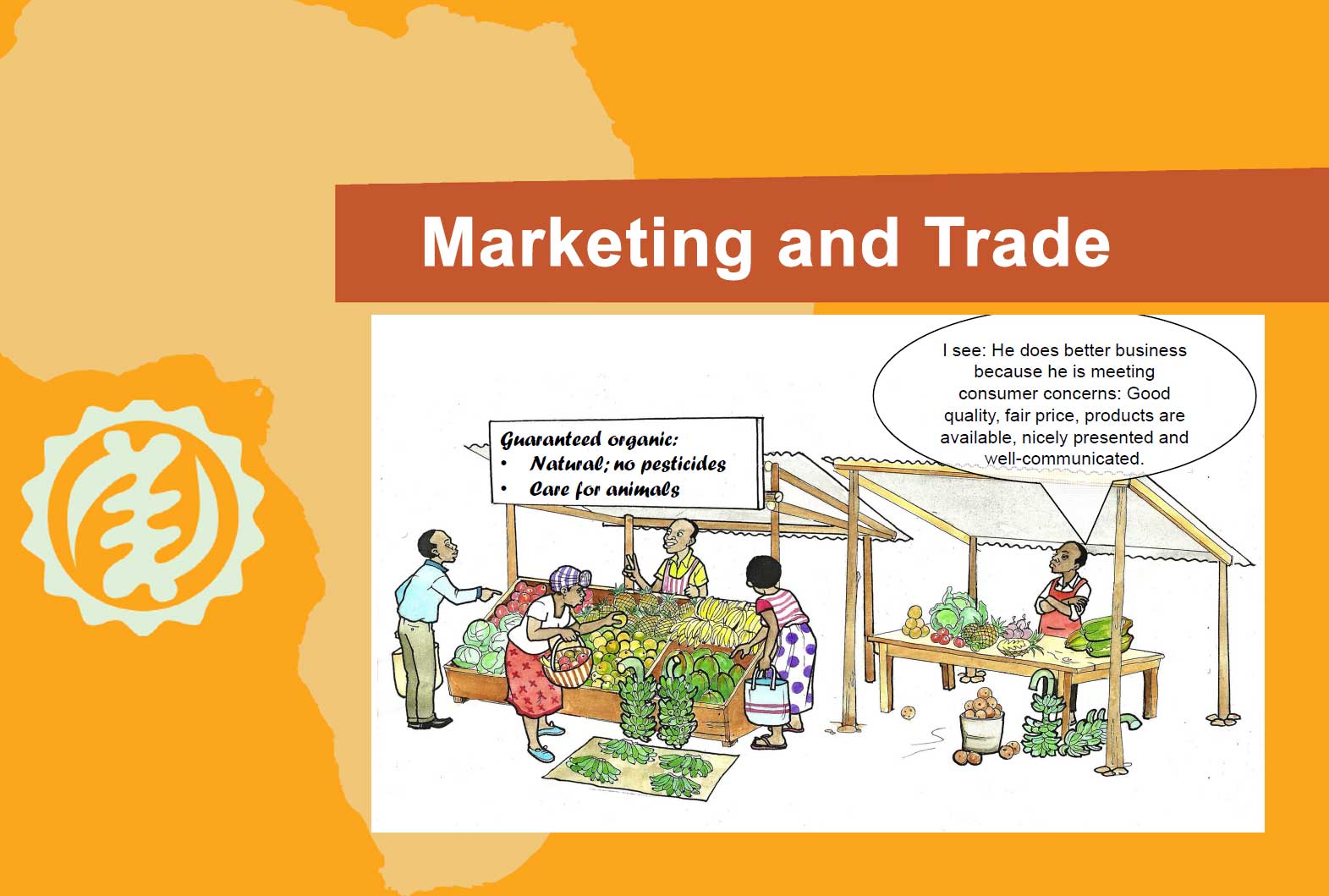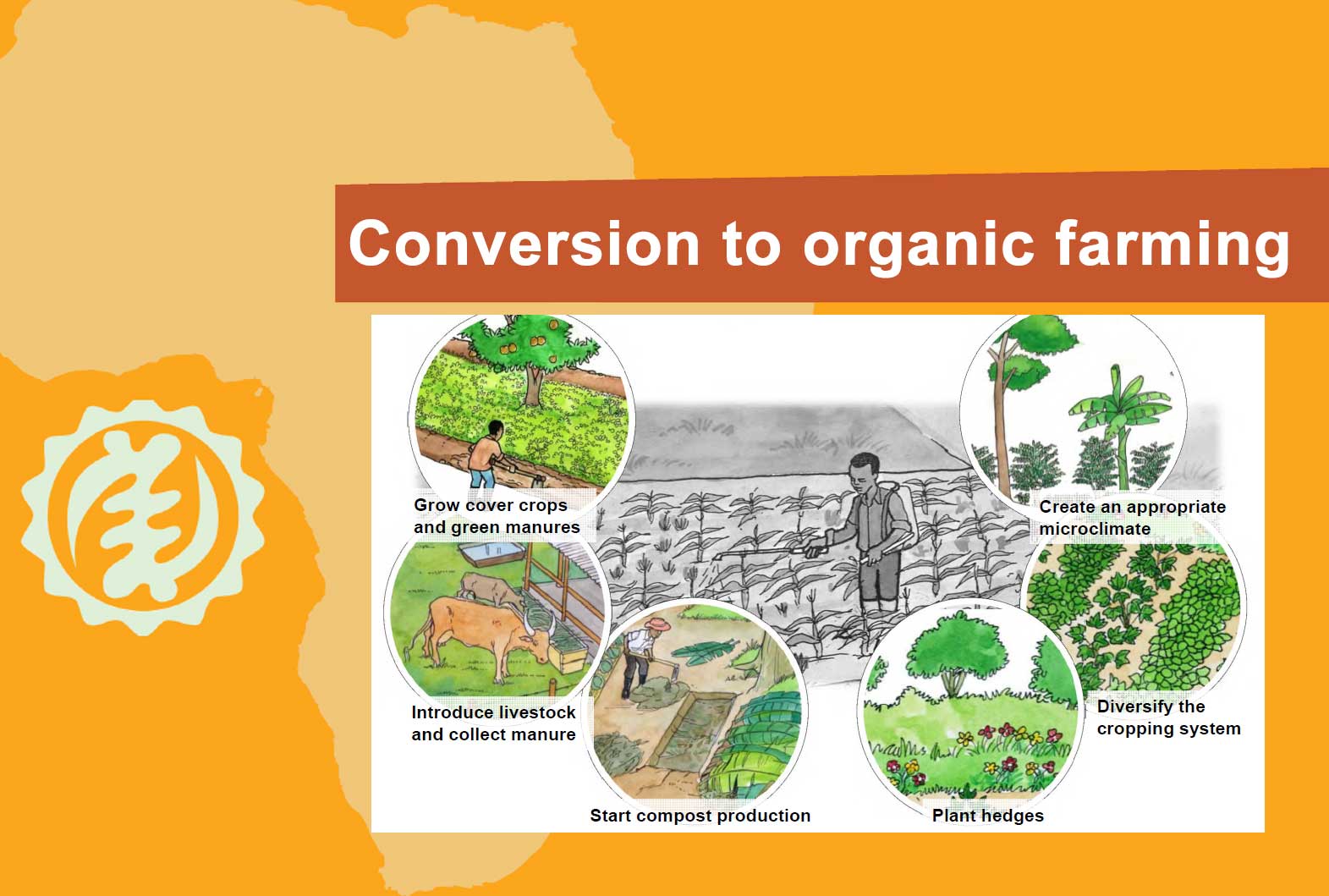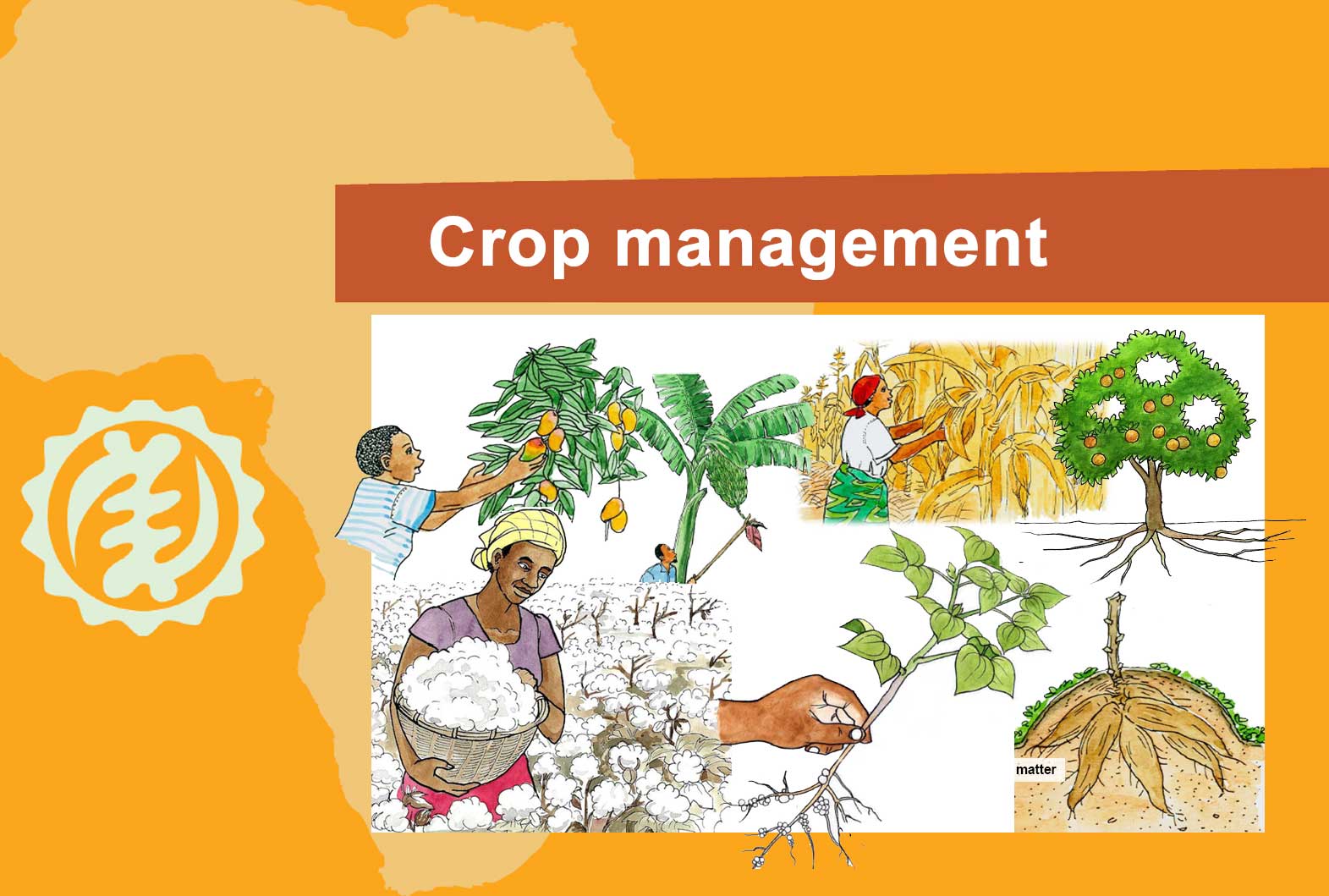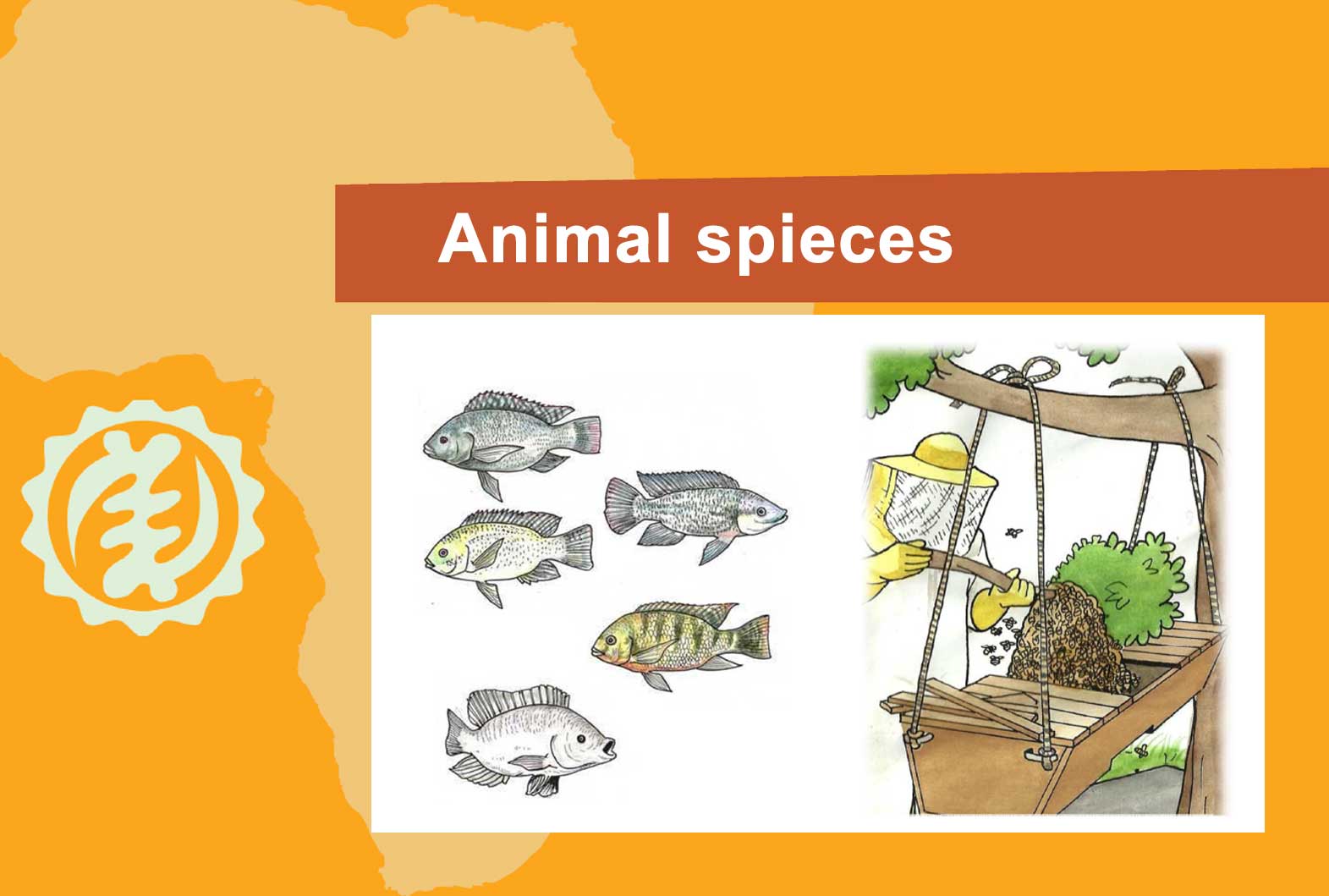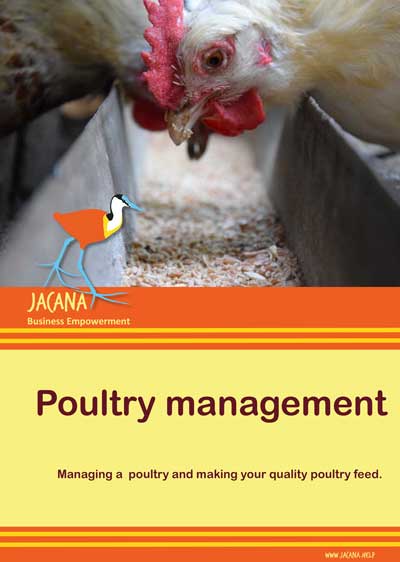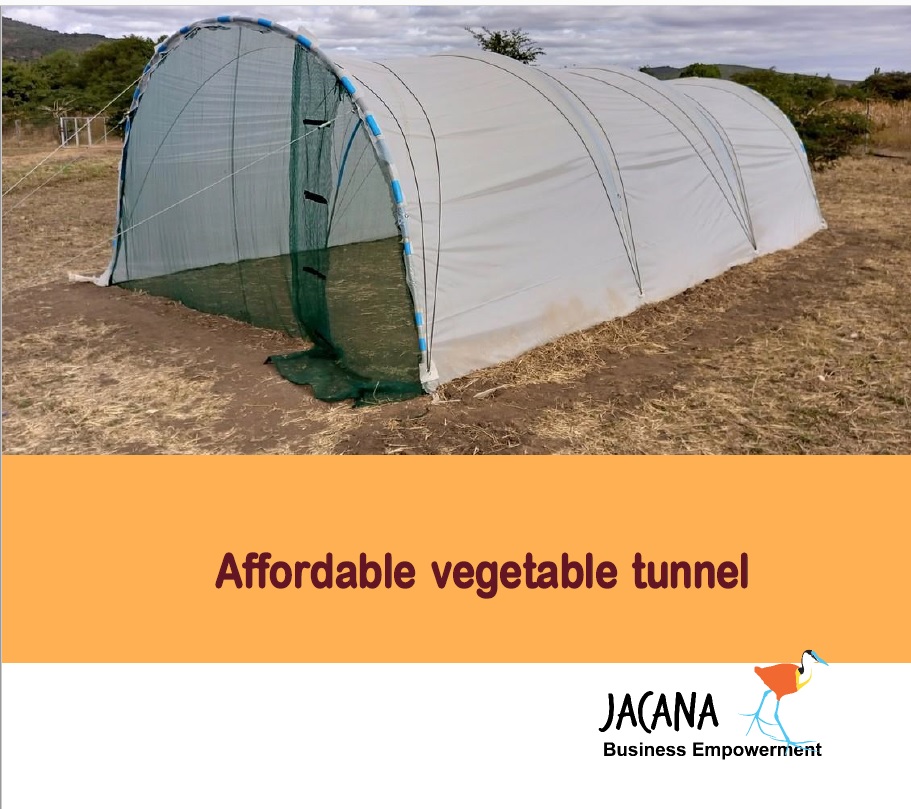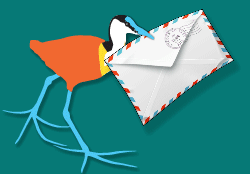Resources for organic farmers
These manuals are made by Jacana, FiBL and IFOAM in partnership with NOGAMU (Uganda), FENAB (Senegal) and OPPAZ (Zambia).
If you are interested in one of these resources, simply fill your name and email address and we will send them to you for free. For this reason, we need your contact details. Please read our Privacy policy.
If you need more information, also have a look at www.fibl.org
Organic agriculture is concerned with the way you as a farmer manage soils, water, plants and animals in order to produce, process and distri-bute food and other goods. Organic farmers utilize natural resources in a way that they benefit while protecting these resources for future gene-rations.
These two manuals explain a very practical and summarized way of organic framing in Sub-Sahara Africa.
What is organic agriculture?
Learn how to make and use four different types of organic fertilizer, each with their own benefits.
Concerns are growing about long-term sustainability of agriculture. Fertile land and suffi cient water are vital for sustaining agriculture and livelihoods. In Africa productivity of land, however, has been decreasing with the increasing intensifi cation of agriculture due to land degradation. The major causes of land degradation are unsustainable agricultural practices like farming on steep slopes without suffi cient use of soil and water conservation measures, monocropping, excessive tillage, or declining use of fallow without appropriate replenishment of soil nutrients, burning of crop residues, conversion of forests, woodlands and bushlands to permanent agriculture, or their excessive exploitation through fuel wood and timber harvesting, overgrazing of rangelands, and lack of proper soil organic matter management.
Soil Fertility Management
From an ecological perspective all organisms are part of nature, irrespective of what they do. To a farmer, all organisms that reduce the yields of their crops are considered pests, diseases or weeds. Insects, birds or other animals are also pests whenever they cause damage to crops or stored produce. Fungi, bacteria and viruses are also recognized as disease causing organisms when they lead to conditions that interrupt or modify the vital functions of growing plants or stored produce. All unwanted plants that grow within crops and compete with them for nutrients, water and sunlight are considered weeds. Such plants can also be hosts for pests and diseases.
Pest, Disease and Weed control
Organic animal husbandry implies keeping animals in a natural way and promoting their welfare and health. This does not mean that animals need to be kept in an entirely natural environment, but that they are offered enough opportunities to perform their natural behaviour and way of living.
Animal husbandry
Management of an organic farm enterprise basically has the same underlying objective as any other business; it aims at improving the benefits to the farmer or group of farmers. This is generally done by following two approaches. First, organic farmers focus on reducing farm expenses by optimizing the use of the farm own resources. Secondly, they focus on minimizing production and financial risks, which may be caused by climatic stresses, pest and disease attacks, or price fluctuations.
Farm management
- How to identify market expectations in terms of quality, standards and know how to cope with these standards?
- Who is involved in organic marketing and know the steps on how to organise organic business markets?
- How to assess the market potential of organic products?
- How can organic market development be promoted beyond individual businesses?
- When is an organic certification useful and how to get access to it?
Marketing & Trade of organic goods
- Understand the key challenges related to conversion to organic agriculture and recognize possible approaches in the local context.
- Know how to plan and implement a step-by-step approach to conversion of farms to organic farming.
- Understand how to cooperate with other farmers to scale-up organic production.
- Know where to get support during the conversion process.
Conversion to Organic Farming
How to manage specific crop in an organic way.
- Rice
- Maize
- Millet
- Sorghum
- Fonio
- Beans
- Banana
- Casava
- Citrus
- Cocoa
- Coffee
- Cotton
- Mangoes
Organic Crop Management
How to manage specific animal in an organic way.
- Fish
- Bees
Animal species and organic farming
Learn the basics of keeping poultry and design and produce your own poultry feed using what is on your farm and available in your area. It is very important to follow the standards because animals need to be fed energy, protein, lysine, fibre, calcium, methionine and phosphorus in the right amounts.
- Poultry framing basics.
- Why make your own feed?
- Raw materials needed to make poultry feed.
- Tools/materials needed for making feed.
- Poultry feed standard as per ZABS.
- How to use formulas and diagram to design poultry feed.
- Cost optimisation by playing with ingredients within ZABS regulations.
Poultry feed design & production
The climate in a green house tunnel can be controlled better.
Farmers with green house tunnels experience less problems with pest and diseases, use less chemicals, benefit from rapid growth and maximum yields. They are growing high value vegetables, berries, soft fruits, herbs, trees and seedlings.
This manual explains how to build an affordable green house tunnel of 5m width and 3m high. The length starts at 9m and can be as long as you want. The materials of a 5x9m² tunnel costs about 400 USD.
Manual building a tunnel?
Let us help you more
Did the use of these resources increase your business?
Then consider helping us, helping you more and donate a little bit.
